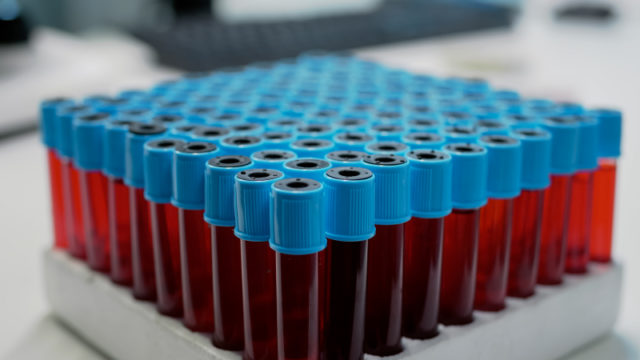
Rochester, Minnesota: Mayo Clinic researchers and their colleagues at the Massachusetts Institute of Technology (MIT) developed a glue that seals quickly and is able to stop bleeding in organs, regardless of clotting. Details are published in Nature Biomedical Engineering.
What was this glue inspired by? In the barnacles.
Barnacles are those marine animals that adhere to rocks, the keel of boats, or large fish and remain there, despite wet conditions and variable surfaces. They do this by exuding a type of oily substance that not only cleans the surface but also repels moisture and then releases a protein that cross-links them with surface molecules. This two-step process is what happens when sealant glue is applied to organs and tissues.
To stop bleeding, surgeons have traditionally used a type of material that accelerates clotting and forms clots, but even in the fastest cases, this process takes several minutes. In preclinical studies, the research team showed that the glue stops bleeding in just 15 seconds, even before the clotting process begins.
‘The data show that the glue achieves hemostasis quickly and is not dependent on coagulation. The resulting sealed tissue can even withstand high blood pressures. We believe that the glue works to stop heavy bleeding, even in internal organs, as well as in patients with bleeding disorders or taking blood thinners. This could be helpful in the medical care of military and civilian trauma victims, ”says Dr. Christoph Nabzdyk, a cardiac anesthesiologist and intensive care physician at Mayo Clinic. Dr. Nabzdyk is also one of the study’s expert authors.
The glue is made up of injectable material and consists of an oily and water-repellent substance that contains bioadhesive microparticles. These microparticles are the ones that bind to each other and to the surface of the tissue, once the oil cleanses the connection site. The biomaterial is slowly reabsorbed over weeks.
The study was supported by the MIT Deshpande Center, the National Institutes of Health, the National Science Foundation, the Office of Army Research, the Zoll Foundation, and the Samsung Grant. The technology is protected by a patent shared between MIT and Mayo Clinic.
Other authors of the work are Dr. Hyunwoo Yuk, Dr. Jingjing Wu, Dr. Xinyu Mao, Claudia Varela, Dr. Ellen Roche and Dr. Xuanhe Zhao, from MIT and from Mayo Clinic, the Dr. Tiffany Sarrafian Griffiths and Dr. Leigh Griffiths.
“Courtesy: Mayo Clinic News Network.”
Republished with permission[/vc_message]












